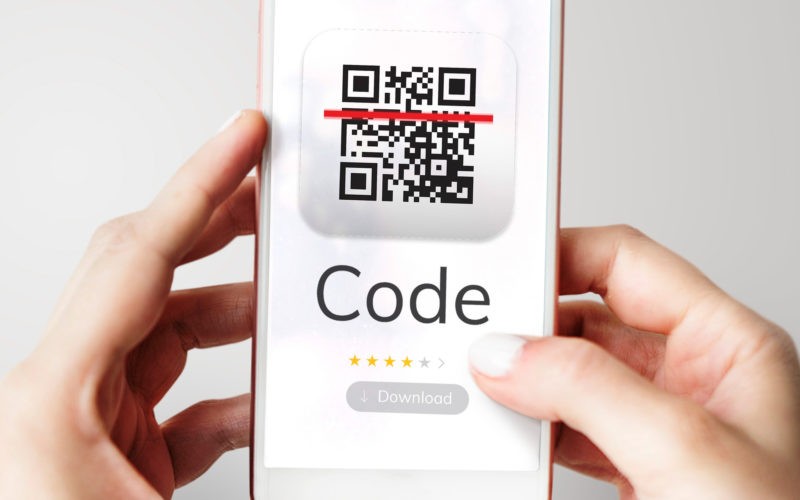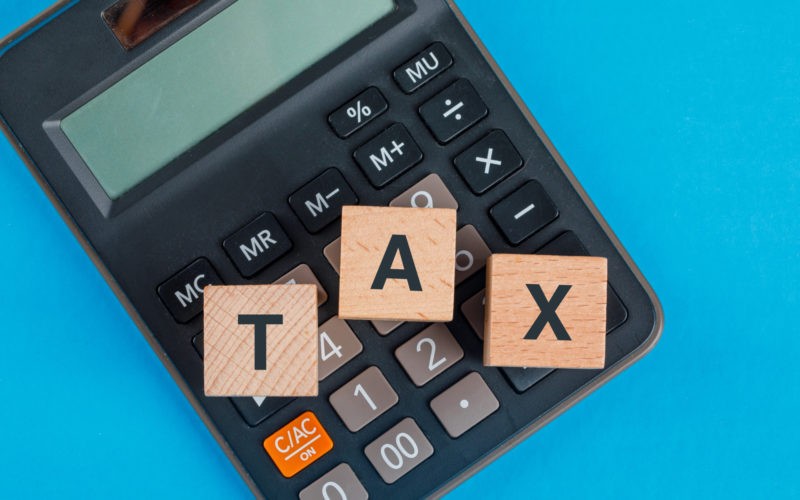Real estate professionals rely on direct mail to connect with potential clients. Physical marketing materials like postcards, flyers, and brochures create a lasting impression and establish credibility. While traditional mailers work well for outreach, they often lack interactivity, making it difficult for recipients to take immediate action.
Including QR codes in direct mail solves this challenge by enhancing real estate mailers with instant access to digital content. A simple scan directs leads to valuable resources without requiring manual input, streamlining the process. This combination of print and technology modernizes marketing efforts, increasing engagement while improving lead conversion.
Bridging Print and Digital Effortlessly
Printed materials remain a vital marketing tool, but static content has limitations. A postcard or brochure may include compelling details, yet potential buyers or sellers still need to search online for more information. QR codes eliminate this extra step, providing instant access to property listings, virtual tours, or contact forms.
A strategically placed code connects interested recipients to digital platforms in seconds. Instead of manually entering a web address, users can scan and explore detailed property insights, ensuring a smooth transition from print to online. This feature creates a frictionless experience, increasing the likelihood of user engagement.
Enhancing Property Marketing with Instant Access
Real estate listings change frequently, making it challenging for printed materials to remain current. A home listed today might be off the market in a week, leaving static mailers outdated. QR codes ensure recipients always have access to the latest property details by linking them directly to updated online listings.
Providing real-time information through QR-enabled mailers strengthens buyer interest. Instead of relying on outdated printed descriptions, potential clients can view photos, pricing updates, and availability in real time. This feature keeps the marketing material relevant long after it is delivered.
A well-placed code on a postcard or brochure can direct leads to:
- Virtual home tours that allow prospective buyers to explore properties from anywhere
- Neighborhood guides detailing nearby schools, restaurants, and amenities
- Lead capture pages for scheduling showings or requesting additional details
- Interactive mortgage calculators help buyers estimate their payment options
- Market reports showcasing local real estate trends and insights
Encouraging Faster Engagement and Lead Conversion
The longer it takes for a prospect to act, the lower the chances of conversion. A printed mailer may grab attention, but taking the next step requires extra effort. QR codes remove obstacles by offering instant access to interactive tools that encourage immediate response.
Instead of making a phone call or typing an email, scanning a code allows users to schedule showings, request further details, or even submit an inquiry form. This simplified approach ensures that interested parties can take action without delay, increasing the likelihood of securing appointments or generating leads.
Personalizing Marketing Efforts for Targeted Appeal
Successful marketing campaigns resonate with the right audience. Generic messaging rarely drives strong engagement, but customized content speaks directly to recipients’ needs. QR codes help personalize real estate mailers by directing users to specific landing pages based on location, interest, or buyer profile.
For example, an agent sending postcards to first-time buyers can include a QR code leading to a page filled with home financing tips. Luxury home buyers may scan a code that takes them to high-end property listings with premium features. Personalized experiences create stronger connections, making potential clients feel valued.
The ability to tailor digital content based on QR interactions allows professionals to refine their marketing approach. Tracking scan activity reveals insights into what captures interest, helping agents adjust messaging for future campaigns.
Measuring Campaign Success with Real-Time Tracking
Traditional direct mail marketing campaigns often lack measurable results. Once a postcard is sent, it becomes difficult to gauge its impact. QR codes offer a solution by providing trackable engagement metrics, helping real estate professionals assess campaign performance.
Each scan generates data on user behavior, showing how many recipients interacted with the mailer and what actions they took. Insights gained from QR tracking can reveal:
- The number of scans indicating interest levels in a specific campaign
- Geographic locations of users, helping refine targeting strategies
- Time of engagement, showing peak response periods
- Click-through rates for different types of digital content
Making Marketing Materials More Engaging
Competition in real estate marketing is intense, requiring professionals to stand out. A traditional flyer or postcard competes for attention in a crowded mailbox. QR codes add an interactive element that captures interest, encouraging recipients to take action immediately.
Interactive experiences make marketing materials more dynamic. A simple scan can transport potential buyers to a 3D virtual walkthrough, helping them visualize a property in ways that printed images cannot. Adding this level of engagement increases the effectiveness of direct mail campaigns, leaving a lasting impression.
Printed materials alone have limitations, but pairing them with digital experiences maximizes impact. Using QR codes ensures marketing campaigns remain relevant, appealing, and engaging, helping real estate professionals stay ahead in a competitive market.
Best Practices of QR Code Integration in Direct Mail Campaigns
Adding QR codes to direct mail campaigns requires careful execution to maximize effectiveness. Simply placing a code on a mailer isn’t enough; it needs to be optimized for engagement. A well-designed campaign follows these best practices:
- Ensure mobile-friendly content so users have a smooth experience when scanning
- Place the QR code in a visible spot where recipients can easily locate and access it
- Include a strong call to action that encourages scanning, such as “Scan to view available homes.”
- Test the QR code before printing to confirm functionality and ensure the link is active
- Offer valuable content that justifies engagement, such as exclusive property previews or market insights
Simplifying QR Code Integration for Real Estate Mailers
Incorporating QR codes is an effective way to enhance engagement, but ensuring proper implementation is key to maximizing results. A well-designed system allows real estate professionals to create, customize, and track QR-enabled mailers with ease. Instead of manually generating codes and linking them to static pages, using a dedicated platform streamlines the process, ensuring that each scan leads to relevant, high-quality content.
Specialized services can provide access to real estate-specific templates, automated tracking, and seamless campaign management. This approach not only saves time but also improves lead conversion by delivering a polished and professional experience. With advanced analytics, agents can measure scan rates, optimize content, and refine future mailers to increase engagement, making QR-enhanced direct mail a powerful marketing tool.
Integrating QR codes in direct mail has redefined real estate marketing by turning static materials into interactive tools that drive engagement. As these codes offer instant access to updated listings, virtual tours, and lead capture forms, they make it easier for potential clients to take action without delays. The ability to track user interactions provides valuable insights, allowing professionals to refine their strategies for better results. The inclusion of QR codes ensures that real estate outreach remains relevant, impactful, and seamlessly connected to direct mail marketing for real estate.












